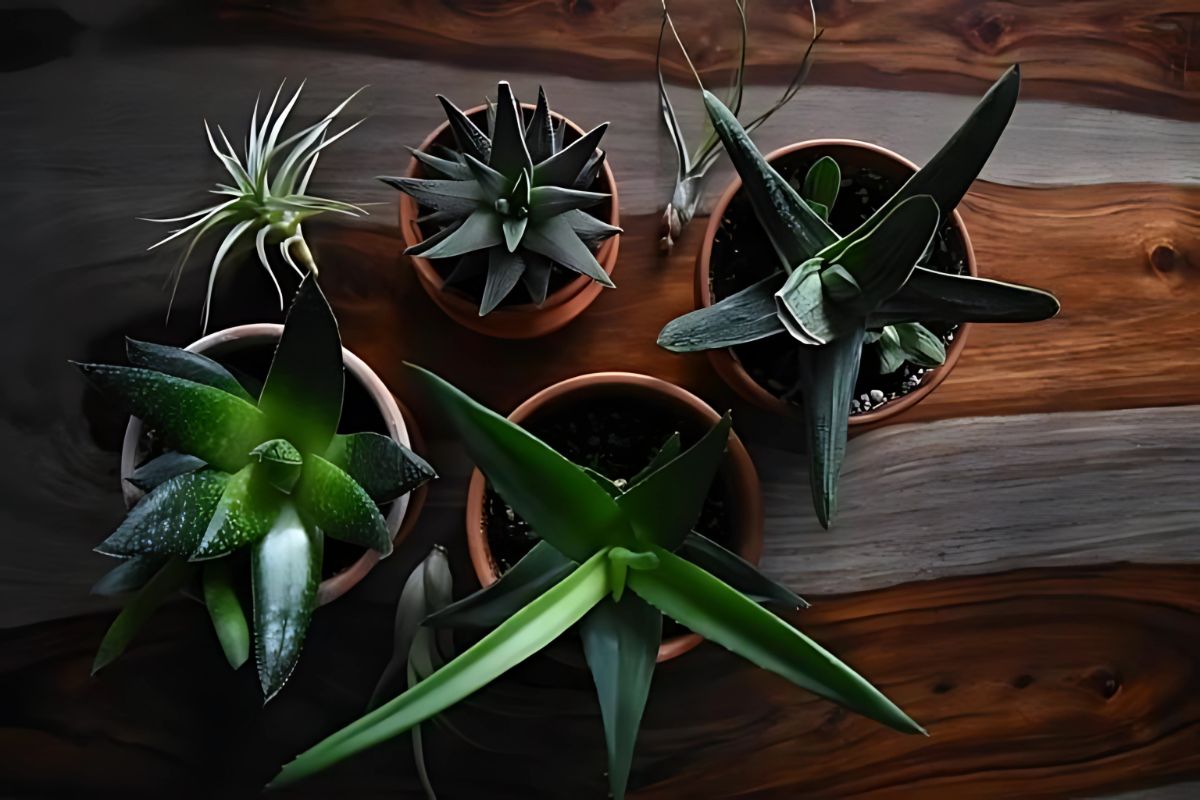How To Help Houseplants Recover From Cold Shock

When it comes to the weather, most houseplants prefer the hot days of the summer, which means extra sunlight for photosynthesis, the fuelling process that allows them to survive and grow. Cold weather can damage houseplants, especially tender ones that can’t tolerate low or freezing temperatures, such as magnolias and camellias.
If you maintain the same watering and feeding routine for your houseplants as in the summer, it may lead to excessive growth, putting them under strain and leading to weak, leggy growth. The season has changed, and your plant care routine should change inside.
Undoubtedly, winter is the easiest time of the year to kill a plant. The sun is often covered with clouds, the home is overheating, and the moisture in the air puts plants through the places. They may start yellowing, dropping some leaves, and even cease growing. It’s not uncommon to see houseplants suffering in the cold season if they don’t receive proper care. Even with the best of care, lower room temperature and cold drafts can stunt growth or cause them to die. If you’re losing hope, remember it’s possible to nurse houseplants back to health.
Table of Contents
ToggleSave Houseplants From Extreme Cold By Implementing Preventative Measures
Your houseplants don’t endure snow or chilly winds, but the growing conditions in your home are far from ideal, so you’ll need to adjust your care routine. Here’s how to keep them thriving:
- Relocate your plants to a brighter spot: Make sure your plants are getting enough light during the cooler months of the year. A good spot is a window that remains sunny all day. Still, don’t move plants close to a frosty window, as they’ll get a draft. Rotate the pots a quarter turn each week to ensure all sides of the plant get sunlight every now and then.
- Be mindful of temperature: Plants are comfortable with temperatures between 65 and 75 degrees Fahrenheit, and nighttime temperatures above 50 degrees Fahrenheit. Keep them away from open windows and front doors, not to mention heating units and radiators. Extreme changes in temperature, even for a short time, can cause issues.
- Reduce how often you fertilise: Most plants don’t need fertilizer in the winter because they spend the season hibernating. Still, the thermostat is set at a cozy temperature, and more lights are turned on. Some plants, like cyclamen, bloom for at least 6 weeks, and desperately need larger flower pots. The best are 6-holed pots, with very small projection.
There May Still Be A Chance For Your Houseplants If They’ve Been Subjected To Cold Weather
Cold shock can occur indoors, too. Suppose the plant is located near the main entrance of the home to create a charming first impression, where the cold air hits it every time. In this case, the plant could suffer cold shock when temperatures drop below 50 degrees Fahrenheit, which can cause various physiological and cellular damage. By understanding the symptoms of cold shock, and taking appropriate preventative measures, you can help your houseplants survive (and thrive) in the winter.
Clear Indicators Your Plants Might Be Suffering From Cold Stress
Plants will let you know when they’re cold. The following is a list of symptoms that may indicate the possibility of a cold shock:
- Leaf discoloration
- Black spots or dead patches
- Slow/stunted growth
- Reduced flowering and fruiting
- Witling or drooping leaves
- Soft, mushy stems or roots
The good news is that your houseplants can recover with a bit of tender loving care, so revive them back to good health. Immediately move the plants to a warmer area, such as the kitchen, and allow it to soak in water for a few hours, especially if it’s severely dehydrated. Give it a little recovery time before attempting anything. At times, warmth isn’t enough, so don’t try to force the heat. Don’t place the plant next to a heater.
Bring Your Dying Plants Back To Life With TLC
Most plants are tropical plants, which means the climate doesn’t freeze. Engage your senses to determine if it’s dangerously cold because it can take days after cold exposure before symptoms appear. Some houseplants will pass away the moment temperatures drop, while others can regenerate from healthy roots below the soil, even if they’re completely frozen. As the outdoor garden rests, it’s the perfect time to repot. Elho flower pots are made from 100% recycled plastic – they’re all recyclable, which translates in a bit of love for nature.
Eliminate dead foliage to promote growth, which leads to fuller and healthier looks. It’s okay to pluck the dead leaves or stems with your hands; just don’t pull too hard. For tougher stems, you can use scissors or pruning shears. Above all, provide supportive care, such as moving the houseplants to a greenhouse or a place with more natural light, one of the vital elements it needs to thrive. It can take several weeks or months for a plant to completely recover, so keep your cool.
Wrapping It Up
If you’ve ever cared for a plant, you know it’s a daunting task. Even low-maintenance houseplants are easy to kill, so don’t be too hard on yourself. Cold is an environmental factor that reduces vigour and growth, and if your plants are to have any chance to survive, they should stay several inches away from windows and doors. A few hours may suffice for recovery, although some houseplants require 12 to 24 hours for optimal repair.
If you suspect your plant is dead but aren’t sure, check the roots to see if they’re white and firm. If the roots have some degree of flexibility, gently bending without snapping or crumbling, they’re still alive. Don’t fertilise, otherwise you risk damaging the plant tissues during the recovery phase. Sometimes, it’s regrettably too late. The water molecules in the plant freeze, expand, and rupture – there’s no coming back from that.
The bottom line is that houseplants are living beings – just like us – and have cold intolerance. They need time, warmth, and love to take back their health. It can be distressing to notice signs of cold shock, but there are plenty of ways you can help your plants bounce back. Don’t give up hope just yet.
Published by Carol Jones
My aim is to offer unique, useful, high-quality articles that our readers will love. Whether it is the latest trends, fashion, lifestyle, beauty , technology I offer it all View more posts
Recent Post
Ultimate Hair Transplant Tourist Cities







